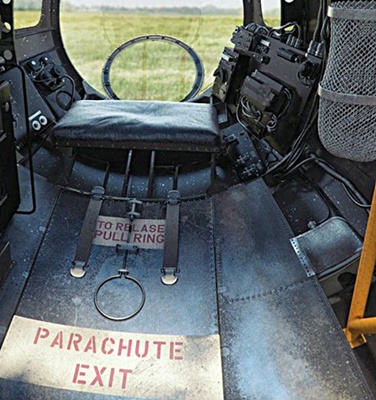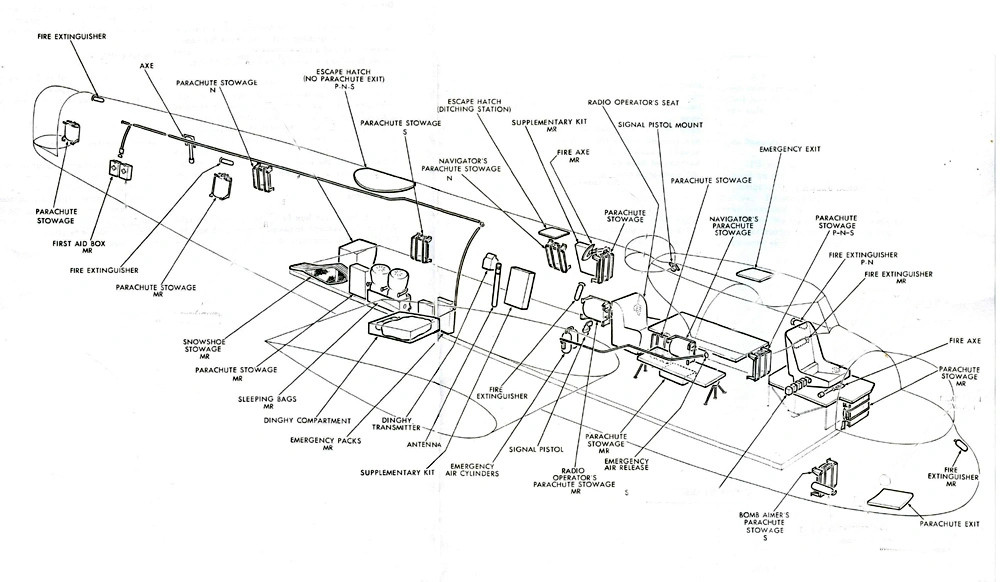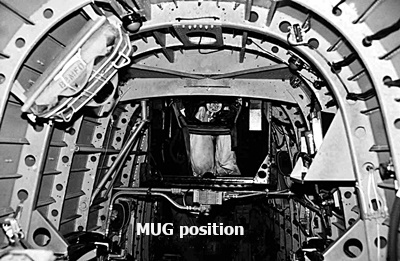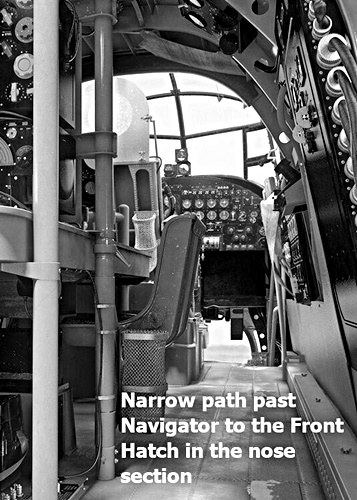

 Bailing out of a Lancaster bomber was a challenging and dangerous process. Only Fifteen percent of shot down Lancaster crews managed to bail out compared with twenty five percent of Halifax crews.
Bailing out of a Lancaster bomber was a challenging and dangerous process. Only Fifteen percent of shot down Lancaster crews managed to bail out compared with twenty five percent of Halifax crews. 
 There could also be the need of the Flight Engineer's to help the pilot could lose whatever control they had of a fatally damaged Lancaster, so the crew couldn't bail out anyway.
There could also be the need of the Flight Engineer's to help the pilot could lose whatever control they had of a fatally damaged Lancaster, so the crew couldn't bail out anyway.